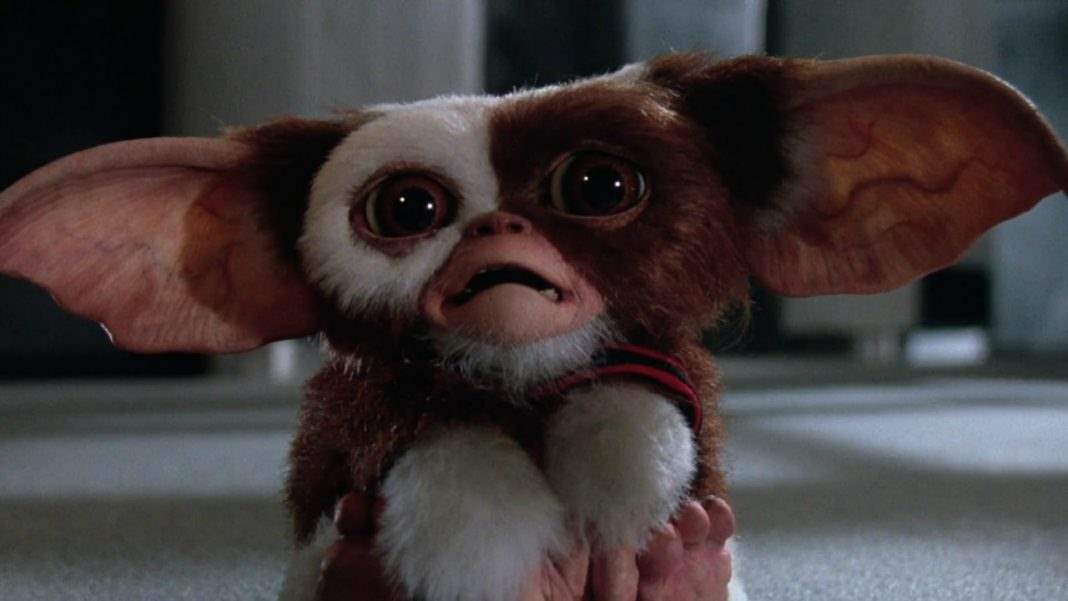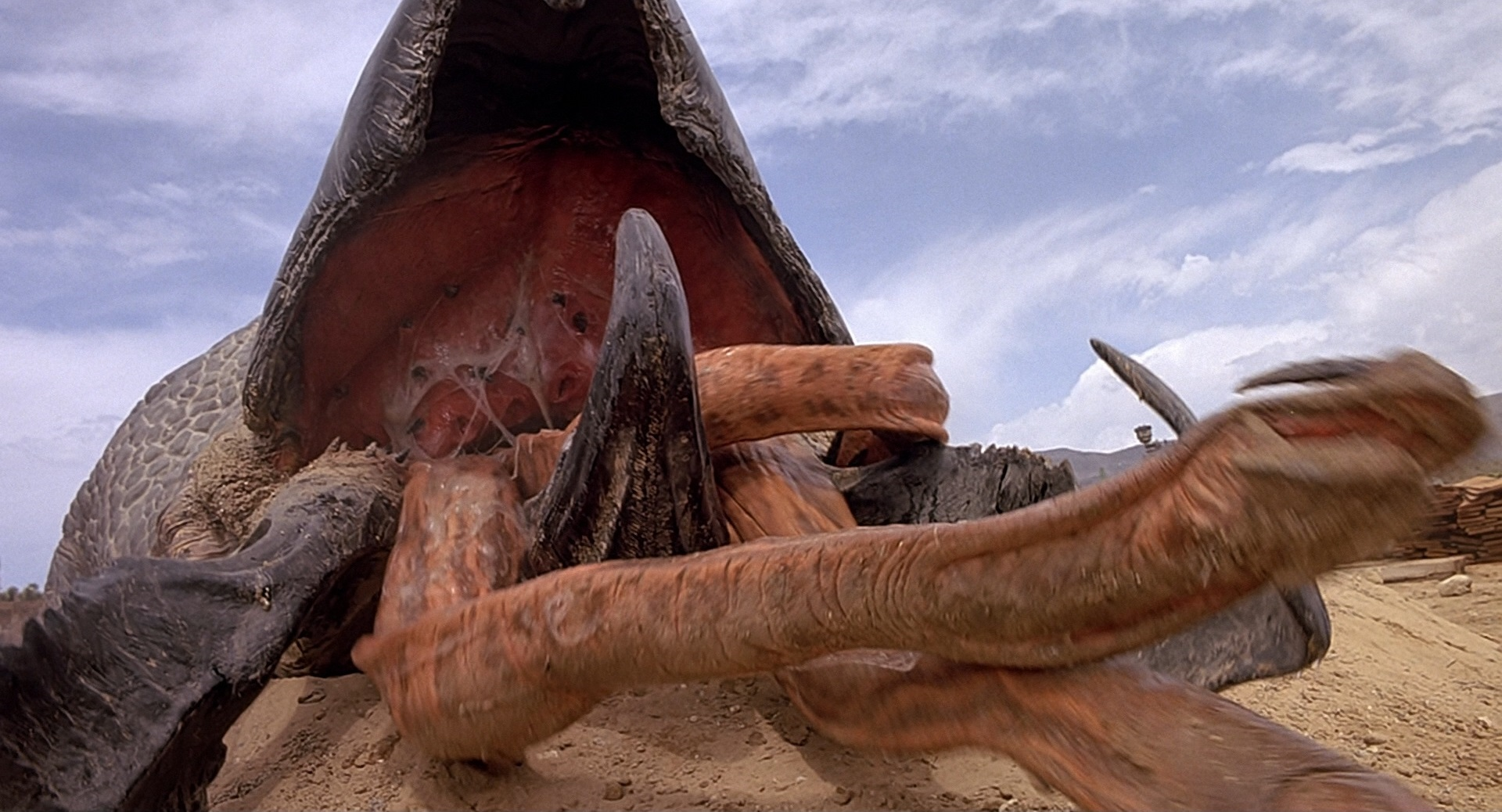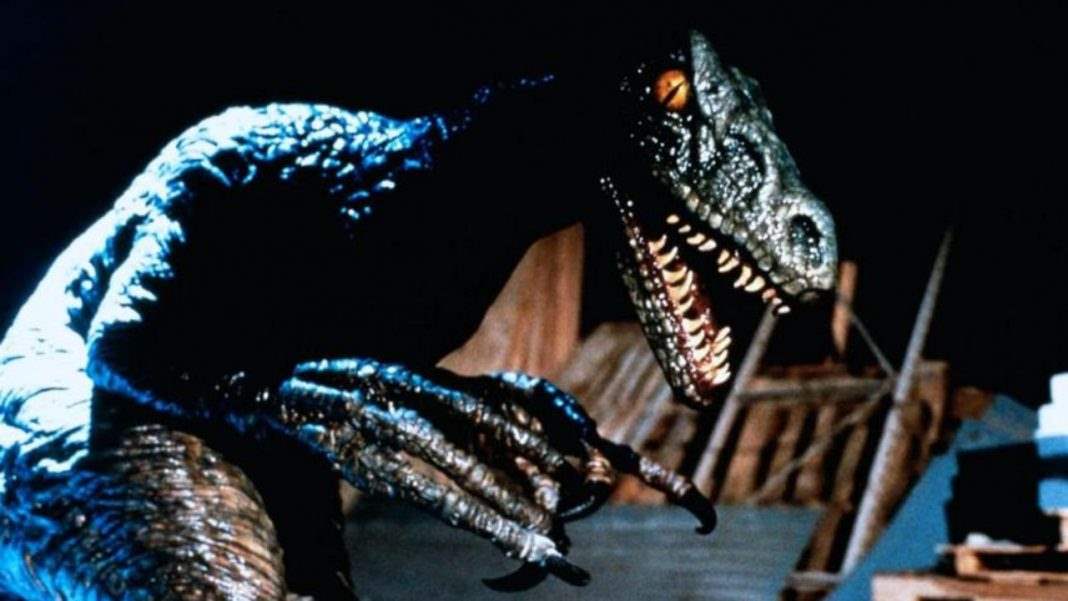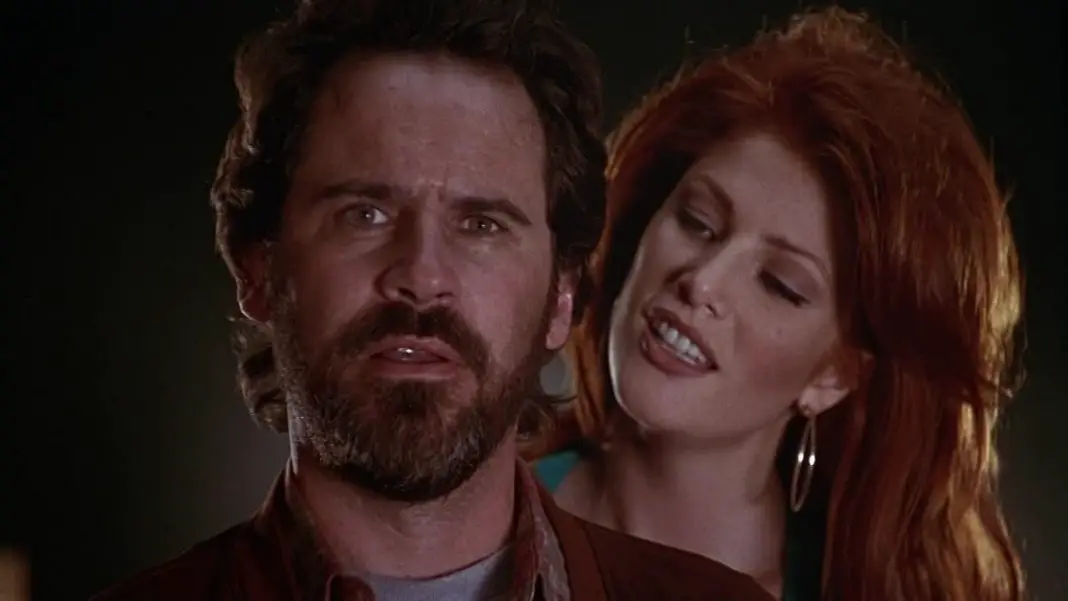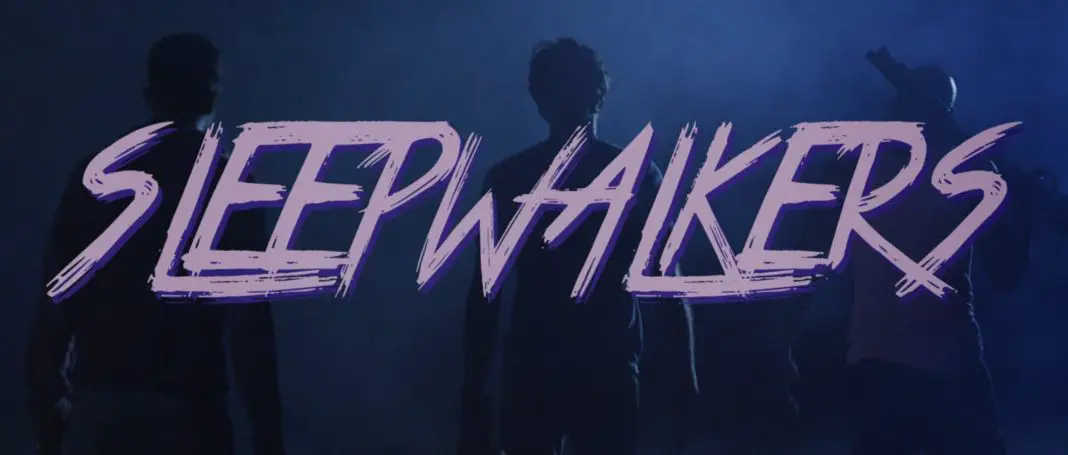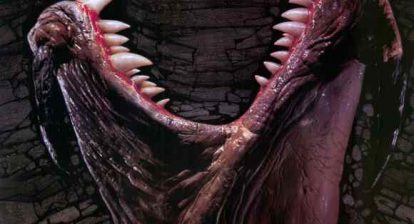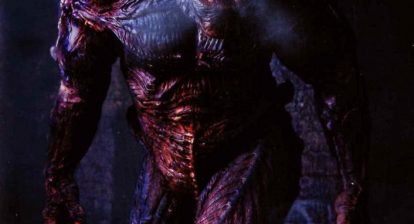One of the reasons I’ve always found the horror genre to be so special is because there are so many different subgenres within. There is literally something for everybody, whether you like your horror movies gory, scary, funny, serious, action-packed or slow burn. There is also an almost unlimited supply of villains available to the genre – not every scary flick is about a guy in a mask with a machete. Perhaps one of the best, and possibly most underrated, sub-genres is the creature feature. These films are important to making the horror genre one of the most well-rounded of all genres – not to mention the fact that they can be one helluva good time.
But the problem with creature features is that there is not a very good definition out there of just what they are. Most would think that a horror film with any kind of non-human villain could be dubbed a creature feature. However, that’s not specific or descriptive enough. What one person thinks of as a creature might be completely different from what the next person would consider as such. And there are many more creatures out there than just The Creature from the Black Lagoon. There should be a better way to identify, and therefore talk about and compare, these movies because they deserve their own title and the respect that comes with it.
As I mentioned before, most of us can agree that the broadest definition of a creature is something not human. So we can immediately exclude all slashers and serial killers. I would argue that any movie involving ghosts, zombies, werewolves, or vampires should also be excluded because those creatures are all human in basis. Not to mention the fact that each of those represents a big enough category on their own, with probably hundreds of movies within each one.So that leaves us with… well, pretty much everything else that isn’t human.
Don’t get too overwhelmed, though, there are some other subcategories that can easily help with our definition. For instance: Robots, Terminators, cyborgs, and basically anything mechanical can be clumped together under the general heading of robot films. In a similar vein, anything extra-terrestrial can be called an alien. This would include the Alien films, obviously, but also movies like The Thing, Slither, The Mist, Species, The Faculty, etc.
Now we are left with non-human, non-mechanical beings that are strictly “terrestrial” in origin. This is where an important dichotomy needs to be made. I contend that there should be a category for creature features and one for what I like to call “animals run amok.” Animals run amok would be identified as any kind of normal animal, untouched by science, that suddenly decides to go on the warpath against humans. Films in this category would be Jaws, Cujo, Anaconda, Arachnophobia, Lake Placid, Snakes on a Plane, and probably the best-worst of these films, Orca: The Killer Whale. Basically, if the creature in question can be categorized with a real, existing scientific classification, then it should be under the animals run amok sub-genre.
 So now we should be able to say that everything that does not fit into any of the above categories can finally be called a creature feature. These are those beings that are completely made up by the creators of the film whose mythos and origin is entirely unique to that one film or film series. We’re talking Tremors, Gremlins, Leviathan, Bad Milo!, and Cloverfield (a specific origin is never given for this monster). The Jeepers Creepers creature may resemble a human because that’s his MO, but he is not human in origin. Ergo, creature. See? Once we’ve established some ground rules, it becomes much easier to define our villains as a creature or not.
So now we should be able to say that everything that does not fit into any of the above categories can finally be called a creature feature. These are those beings that are completely made up by the creators of the film whose mythos and origin is entirely unique to that one film or film series. We’re talking Tremors, Gremlins, Leviathan, Bad Milo!, and Cloverfield (a specific origin is never given for this monster). The Jeepers Creepers creature may resemble a human because that’s his MO, but he is not human in origin. Ergo, creature. See? Once we’ve established some ground rules, it becomes much easier to define our villains as a creature or not.
Ah, but even with these strict guidelines, there are still other things to consider. Remember what I said before about the animals run amok animals being “untouched by science”? This is where we can be a bit more judicious with the creature feature tag. For example, piranha are real, as are anacondas, but not the wonderfully named piranhaconda. Such ridiculous SyFy hybrids like Piranhaconda, Sharktopus, and Dinocroc are creature features. The individual animals are real, but the resulting hybrid is not. Similarly, I would say that any normal animal that is somehow altered or mutated by scientific experimentation should also be under the creature feature category. The awesome Korean flick The Host is a great example of this. The animals don’t even really have to be that radically different from their original state. Take Eight Legged Freaks. There we have normal spiders that grow to be 14 feet tall after ingesting toxic waste. Not exactly mutated, just bigger, but I would still call that film a creature feature rather than an animals run amok picture.
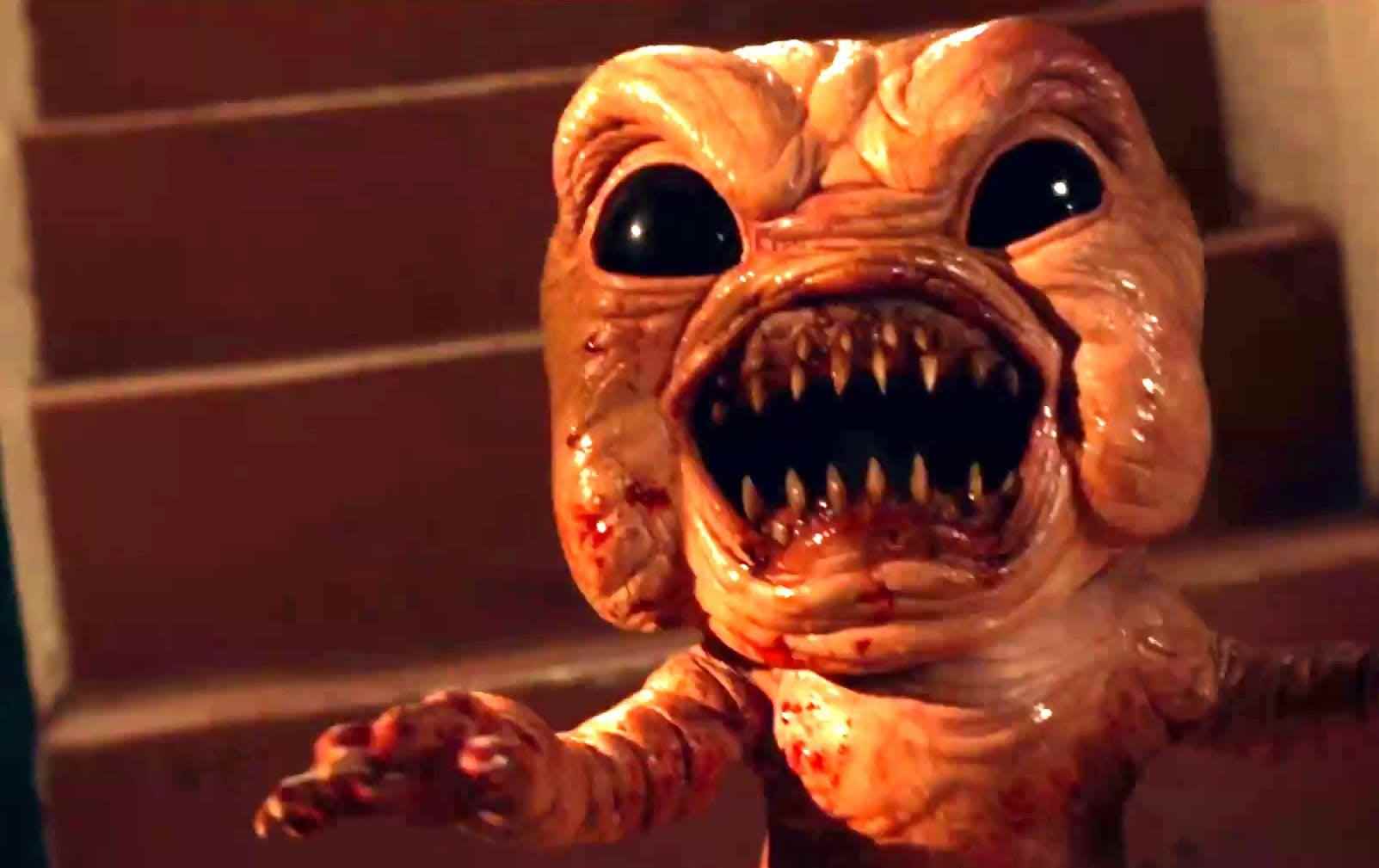 Eight Legged Freaks is a perfect representation of why creature features are an important addition to the horror genre. That film managed to hearken back to all the giant bug movies of the 1950s, and it did so in a way that was both nostalgic for the fun that these movies brought audiences and respectful of the subgenre because it was a genuinely good movie with wonderful special effects. Creature features allow us to take a break from the seriousness of some horror films and revel in the genre’s ability to at times be completely absurd, which, as the previously mentioned films show, is not a bad thing at all. Horror movies themselves are an escape from reality and creature features are perhaps the furthest you could get from your real life. They may gross us out but there is nothing to fear from them, so we can concentrate on just having a good time, which is exactly what we should be doing with films such as these.
Eight Legged Freaks is a perfect representation of why creature features are an important addition to the horror genre. That film managed to hearken back to all the giant bug movies of the 1950s, and it did so in a way that was both nostalgic for the fun that these movies brought audiences and respectful of the subgenre because it was a genuinely good movie with wonderful special effects. Creature features allow us to take a break from the seriousness of some horror films and revel in the genre’s ability to at times be completely absurd, which, as the previously mentioned films show, is not a bad thing at all. Horror movies themselves are an escape from reality and creature features are perhaps the furthest you could get from your real life. They may gross us out but there is nothing to fear from them, so we can concentrate on just having a good time, which is exactly what we should be doing with films such as these.
Now that the creature feature can be a bit more easily identified, maybe we can start paying them closer attention and giving them the love and respect they deserve because of what they do for us as an audience. Horror isn’t always all fun and games, but when it is, it really can be one of the best times you’ll have watching a movie.
